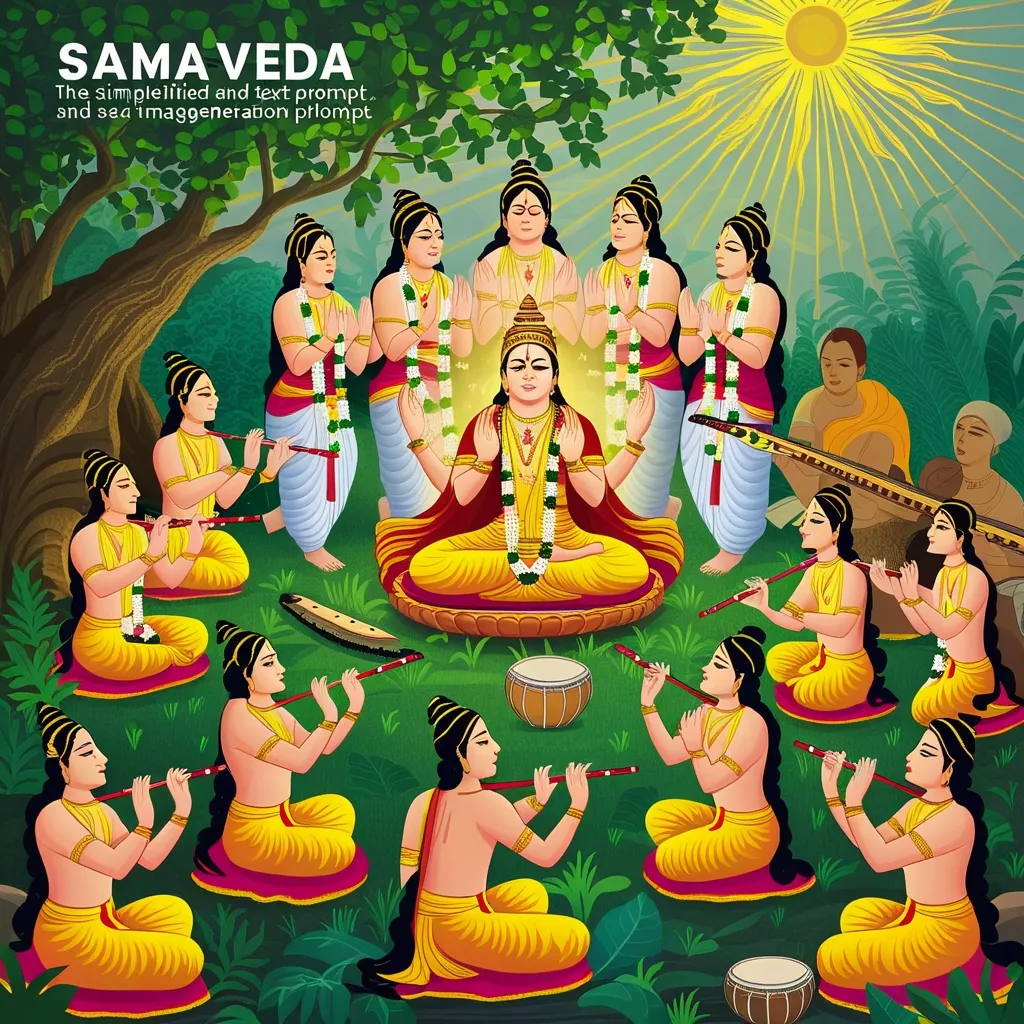The Vedas and Upanishads are like the blueprint and spirit of Hinduism, and their link to the Bhagavad Gita is really special. Let’s break this down in a way that’s easy and chill.
The Vedas: Timeless Wisdom
The Vedas are ancient and sacred texts in Hinduism. Think of them as some of the earliest wisdom ever recorded. These texts are filled with hymns and chants that ancient Indian sages supposedly heard and then wrote down. They come in four main parts: Rig Veda, Sama Veda, Yajur Veda, and Atharva Veda. Each part is packed with mantras, rituals called Brahmanas, forest texts known as Aranyakas, and philosophical bits called Upanishads.
The Upanishads: Core Philosophical Thoughts
The Upanishads come at the end of the Vedas and dive deep into philosophical and metaphysical ideas. Picture a student chilling with a master, getting the real lowdown on life and reality. They talk about Brahman (the ultimate reality) and Atman (the individual self). The Upanishads tackle topics like rebirth, karma, and the way to achieve liberation.
The Bhagavad Gita: The Essence of Wisdom
Moving on to the Bhagavad Gita, one of the key parts of the epic Mahabharata. It’s basically a heartfelt chat between Prince Arjuna and Lord Krishna. Arjuna’s freaking out about his duty as a warrior, and Krishna steps in with some killer advice. The Gita is often seen as the essence of the Upanishads because it takes all those deep ideas and makes them practical and relatable.
Scene of the Bhagavad Gita
Picture this: it’s just before the epic Mahabharata war, and Arjuna’s torn between his duty to fight and not wanting to kill his loved ones. Krishna’s teachings here aren’t just about war—they’re about life principles like duty, knowledge, and devotion. The Gita is a beautiful mix of theology and practical wisdom, written in 701 short verses, making it both a devotional poem and a guide to life.
Practical Wisdom of the Gita
The Bhagavad Gita isn’t just about deep thoughts; it’s a guide on how to live life practically. It suggests simple rituals and practices that anyone can do, unlike the complex Vedic rites. The Gita’s big on doing your duty without stressing over the results (karma yoga). This makes it super relatable and handy for everyday folks, many of whom carry mini copies of it for good vibes and protection.
Lasting Impact
The Bhagavad Gita’s influence runs deep in Hindu culture and thought. It’s been translated into tons of languages and has inspired all kinds of commentaries. Its teachings on duty, knowledge, and devotion have left a mark on great thinkers like Mahatma Gandhi and Swami Vivekananda. The Gita remains a go-to text in Hinduism, offering timeless insights into reality and the spiritual path.
In a nutshell, the Vedas and Upanishads lay down the foundational wisdom of Hinduism, while the Bhagavad Gita packs that wisdom into practical, everyday teachings. Its focus on duty, knowledge, and devotion makes it a lasting guide for anyone on a spiritual journey and a cornerstone of Hindu philosophy.






